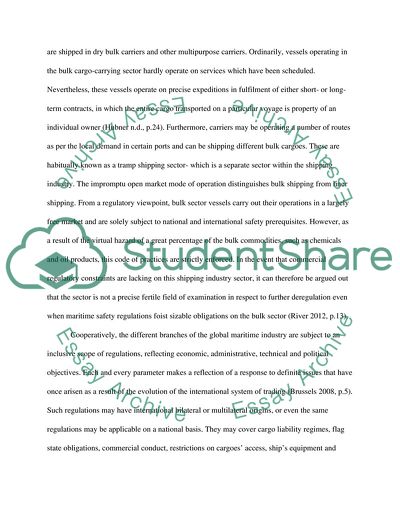Cite this document
(Methods, Problems and Issues in Maritime Policy Essay, n.d.)
Methods, Problems and Issues in Maritime Policy Essay. Retrieved from https://studentshare.org/law/1605554-methods-problems-and-issues-in-maritime-policy
Methods, Problems and Issues in Maritime Policy Essay. Retrieved from https://studentshare.org/law/1605554-methods-problems-and-issues-in-maritime-policy
(Methods, Problems and Issues in Maritime Policy Essay)
Methods, Problems and Issues in Maritime Policy Essay. https://studentshare.org/law/1605554-methods-problems-and-issues-in-maritime-policy.
Methods, Problems and Issues in Maritime Policy Essay. https://studentshare.org/law/1605554-methods-problems-and-issues-in-maritime-policy.
“Methods, Problems and Issues in Maritime Policy Essay”. https://studentshare.org/law/1605554-methods-problems-and-issues-in-maritime-policy.


